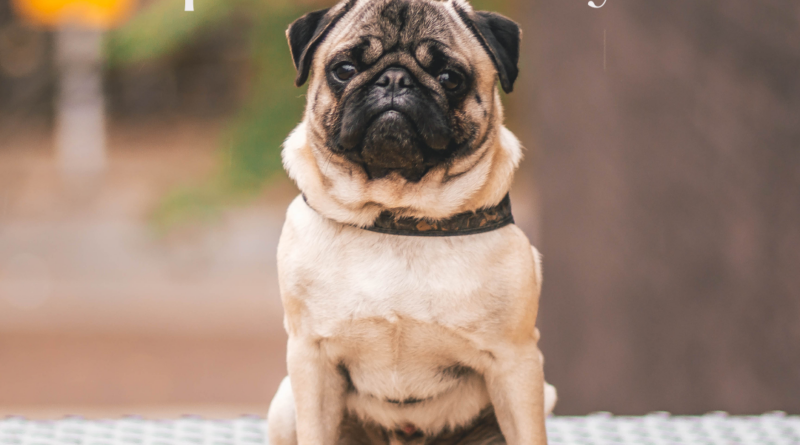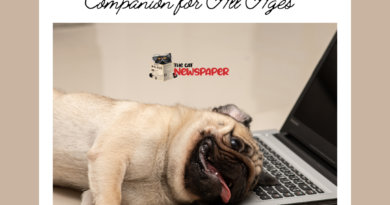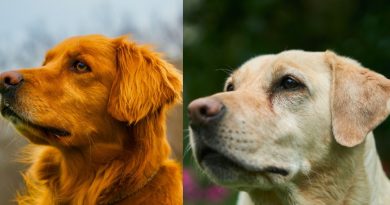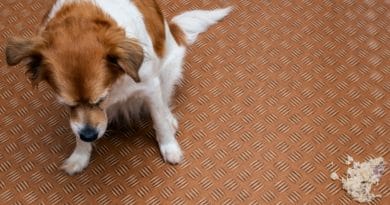The Pug: A Complete Guide for Potential Owners and Breeders
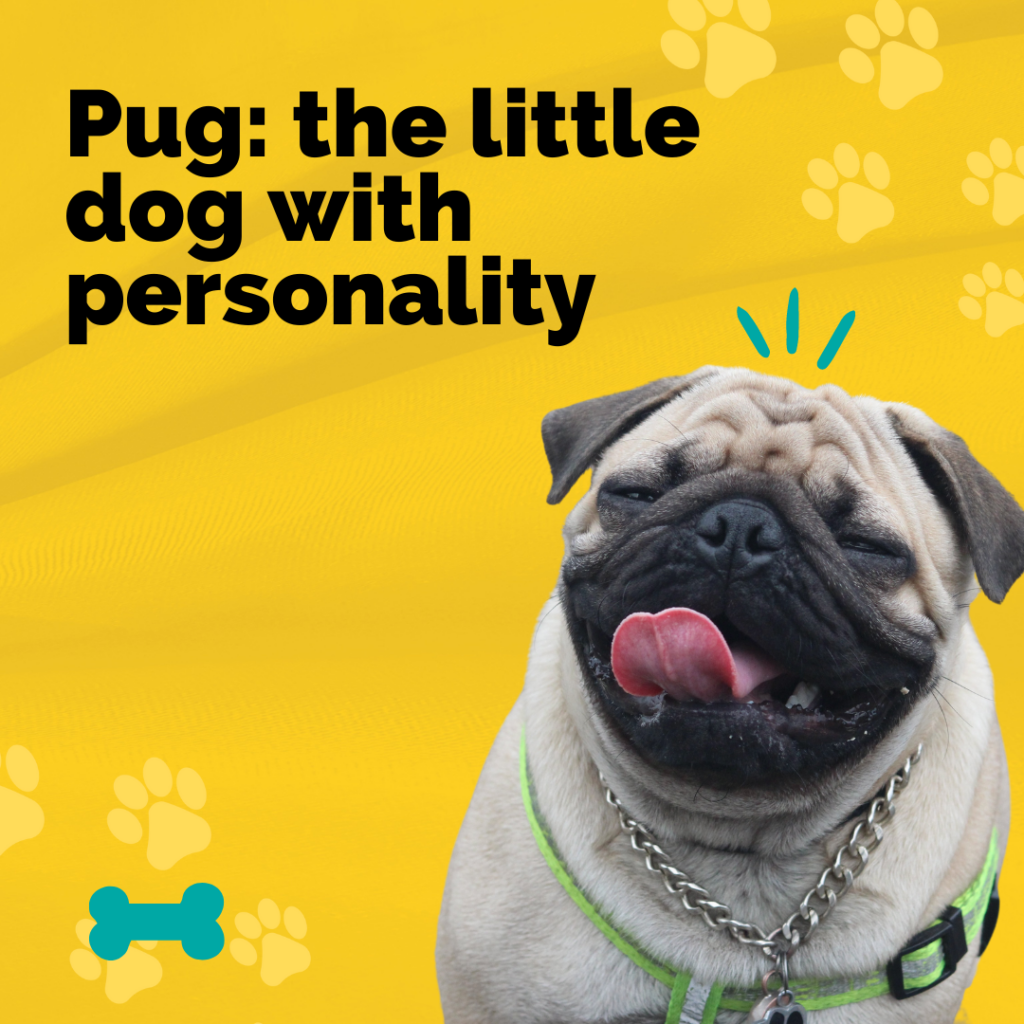
With its charming appearance and exuberant personality, the Pug has won the hearts of millions of people around the world. Originally from China, this small companion dog is known for its loyalty, companionship and unmistakable facial expression.
With its short, shiny coat, which can vary between black, silver, barnyard and apricot colors, the Pug is a low-maintenance dog. Its robust and muscular body contrasts with its flat snout, a striking characteristic of the breed that gives it a fun and expressive air.
If you are thinking about adding a Pug to your family, this complete guide will provide you with all the information you need to make an informed decision and give your new companion all the care it deserves. Discover the unique characteristics of the breed, essential care, possible health problems and much more.
Physical Characteristics
General Appearance
The Pug is a compact, well-proportioned dog with a muscular body and strong limbs. Its head is round and covered in wrinkles, and its short, flat muzzle is a striking feature of the breed. The Pug’s eyes are large, dark, and expressive, and its thin ears can be folded pink or teardrop-shaped. The tail, in turn, is short and curled over the back.
Coat
The Pug’s coat is short, smooth, shiny, and soft to the touch. It can range in color from black, silver, uniformed (black stripe on the back and black mask on the face), to apricot (a light fawn shade).
Brachycephalic Muzzle
The Pug’s short, flat muzzle, also known as brachycephalic, is a striking feature of the breed. However, it is important to be aware that this trait can lead to some health problems, such as difficulty breathing, especially in hot climates.
Related Health Issues
Due to their brachycephalic muzzle, Pugs can suffer from respiratory problems, especially in hot weather. Additionally, their large, protruding eyes require special care to avoid injury. Because they have deep facial wrinkles, they are also prone to skin infections if these areas are not cleaned regularly. It is important to be aware of these potential issues and to see a veterinarian regularly to ensure your Pug’s health.
Temperament and Personality
Behavior
Pugs are known for their cheerful, playful, and affectionate temperament. They are extremely loyal and companionable dogs, loving to be around their owners. They are intelligent and easy to train, but they can also be stubborn at times.
Relationship with Children and Other Animals
Pugs generally get along well with gentle, respectful children. However, due to their small size and flat snout, it is important to supervise interactions between children and Pugs to avoid accidental injuries. With other dogs and pets, early and supervised socialization is essential for peaceful coexistence.
Energy Level
Pugs have a moderate energy level. They enjoy daily walks and light play, but are also happy to relax on the couch with their owners. They do not require strenuous exercise, and care should be taken not to overdo it, especially in hot weather, due to their brachycephalic muzzle.
Essential Care
Diet
Pugs are prone to obesity, so it is important to monitor their diet carefully. Choose high-quality dog food and follow the portions recommended by the manufacturer or your veterinarian. Avoid feeding them human table scraps, as this can contribute to weight gain and digestive problems.
Exercise
Moderate exercise is essential for your Pug’s health and well-being. Daily walks and light play outside are sufficient for most Pugs. However, it is important to avoid strenuous exercise, especially in hot weather, due to their brachycephalic muzzle. Always supervise your Pug during physical activity and provide plenty of fresh water.
Hygiene
In addition to regular brushing, it is important to pay attention to the hygiene of the Pug’s facial wrinkles. These areas tend to accumulate moisture and dirt, which can lead to infections. Clean the wrinkles daily with a soft, damp cloth, using specific products for canine hygiene, if necessary.
Oral hygiene is also essential. Brush your Pug’s teeth regularly to prevent tartar build-up and periodontal disease.
Health
Common health problems
In addition to the respiratory and eye problems already mentioned, Pugs can develop other health conditions, such as:
Obesity: Controlling diet and regular exercise are essential to avoid being overweight, which can lead to several health problems.
Dermatitis: Pugs’ skin is sensitive and can develop allergies and dermatitis. A balanced diet and the use of appropriate hygiene products help prevent these problems.
Joint problems: Like many other small breeds, Pugs can develop joint problems, such as patellar luxation. Weight control and moderate exercise can help prevent these problems.
Regular Vet Visits
It is essential to take your Pug to the vet regularly for routine checkups, vaccinations, and deworming. Your vet will be able to identify any health problems early and recommend the appropriate treatment.
Conclusion
The Pug is a lovely, friendly breed, but it requires special care. With a balanced diet, regular exercise, proper hygiene, and regular vet visits, your Pug can live a long and happy life.
FAQ – COMMON QUESTIONS
Where does the Pug come from? The Pug originated in China, where it was considered a royal companion dog.
What are the Pug’s main physical characteristics? The Pug stands out for its short, shiny coat, flat snout, robust body, and large, expressive eyes.
What are the most common colors of a Pug? The most common colors are black, silver, uniform, and apricot.
Why is the Pug’s snout flat? The flat snout is a characteristic of the breed, but it can cause respiratory problems in some cases.
What is the average size of an adult Pug? The Pug is a small dog, with an average weight of between 6 and 8 kg and a height at the withers of between 25 and 30 cm.
Temperament and Behavior
Is the Pug a good dog for children? Yes, the Pug generally gets along well with children, but it is important to supervise interaction to avoid accidents.
Is the Pug an active dog? The Pug has a moderate energy level and loves to play, but also enjoys moments of rest.
Does the Pug bark a lot? The tendency to bark varies from dog to dog, but many Pugs bark to get attention or when they feel excited.
Is the Pug easy to train? Yes, the Pug is intelligent and learns commands quickly, but can be stubborn at times.
Is the Pug a sociable dog? Yes, the Pug is generally sociable and enjoys the company of other people and animals.
Health and Care
What are the most common health problems in Pugs? The most common problems include breathing difficulties, obesity, eye problems, dermatitis and joint problems.
How to care for the Pug’s facial wrinkles? Facial wrinkles should be cleaned daily with a soft, damp cloth to prevent infections.
How often should a Pug be bathed? The frequency of bathing varies according to need, but usually once a month is sufficient.
What should I feed my Pug? Choose high-quality food and follow your veterinarian’s recommendations. Avoid giving your dog leftovers from human food.
Why are veterinary visits important? Regular veterinary visits are essential to ensure your Pug’s health and to detect any problems early.
Acquiring a Pug
How to choose a responsible breeder? Research the breeder, visit the kennel, and ask to see the puppies’ parents.
What should I consider when choosing a Pug puppy? Look at the puppy’s physical appearance, its interaction with other dogs and people, and ask to see its health documents.
How much does a Pug puppy cost? The price of a Pug puppy can vary greatly, depending on the breeder, the dog’s lineage, and the dog’s characteristics.
Life with a Pug
Does a Pug adapt well to apartments? Yes, the Pug adapts well to apartments, as long as it has the opportunity to take daily walks and play.
How long does a Pug live on average? The life expectancy of a Pug is 12 to 15 years, but this can vary depending on care and genetics.

